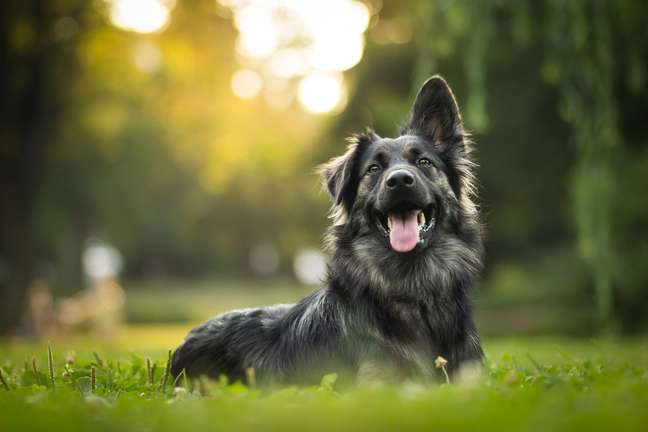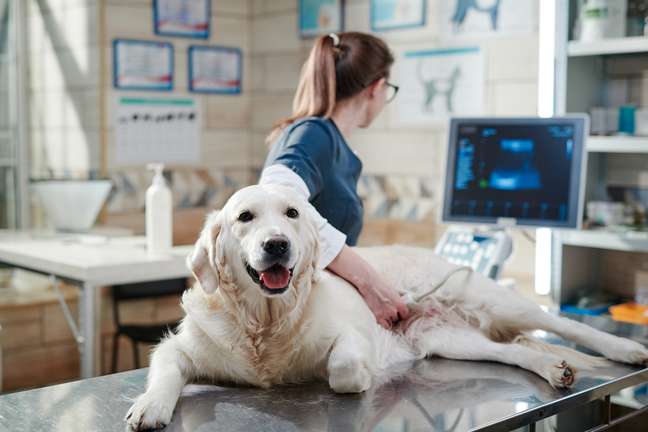Understand how this disease can affect animals as well
Breast cancer is not just a common disease among humans. In the animal world, for example, it is also quite frequent. According to the Federal Council for Veterinary Medicine, it affects 45% of dogs and half of these cases are malignant tumors.

Main causes
Breast cancer is a multifactorial disease, meaning there is no single cause for its appearance. However, according to veterinarian Kelly Moura, hormone stimulation is the leading cause of breast cancer in female dogs. But there are other factors that can also contribute to the onset of the disease, such as for example obesity.
Symptoms and Diagnosis
Breast cancer is a disease quiet and fast moving. With early diagnosis it is possible to start treatments as soon as possible and increase the life chances of the animal. Therefore, it is essential to be aware of the symptoms, which are: swelling, pain, discharge and lumps in the breast region. As explained by veterinarian Kelly Moura, the diagnosis can also be made through clinical examinations, such as CT scans, chest x-rays and abdominal ultrasound scans.

Treatments for the disease
According to Kelly Moore, the treatment most indicated for breast cancer in dogs is the removal of the mammary chain and lymph nodes. “After the surgery, the dog must be treated with anti-inflammatories, analgesics and antibiotics,” he adds. In severe cases, the complementary option to surgery is chemotherapy. It is performed by administering drugs through the bloodstream. It is a treatment that lasts, on average, four months.
return of cancer
According to Kelly Moura, the disease can recur in two situations: when the mammary chain and lymph nodes are not completely removed, or when the cancer is very aggressive and there is metastasis (migration of cancer cells to another part of the body – the lung is usually the main destination).
prevent disease
The chances of cancer in dogs can be reduced with some prevention measures. The vet explains that castration after the first heat prevents up to 95% of the chances of developing the disease. If castration occurs after the second heat, this rate drops to 85%. If performed after the third run, the chances of prevention are 70%. “Early spaying is the main avenue of prevention. Spaying won’t do any good by the time the bitch is three. This is because she has already been exposed to the hormones responsible for tumor formation,” emphasizes Kelly Moura.
+The best content in your email for free. Choose your favorite Earth Newsletter. Click here!
Source: Terra
Benjamin Smith is a fashion journalist and author at Gossipify, known for his coverage of the latest fashion trends and industry insights. He writes about clothing, shoes, accessories, and runway shows, providing in-depth analysis and unique perspectives. He’s respected for his ability to spot emerging designers and trends, and for providing practical fashion advice to readers.







